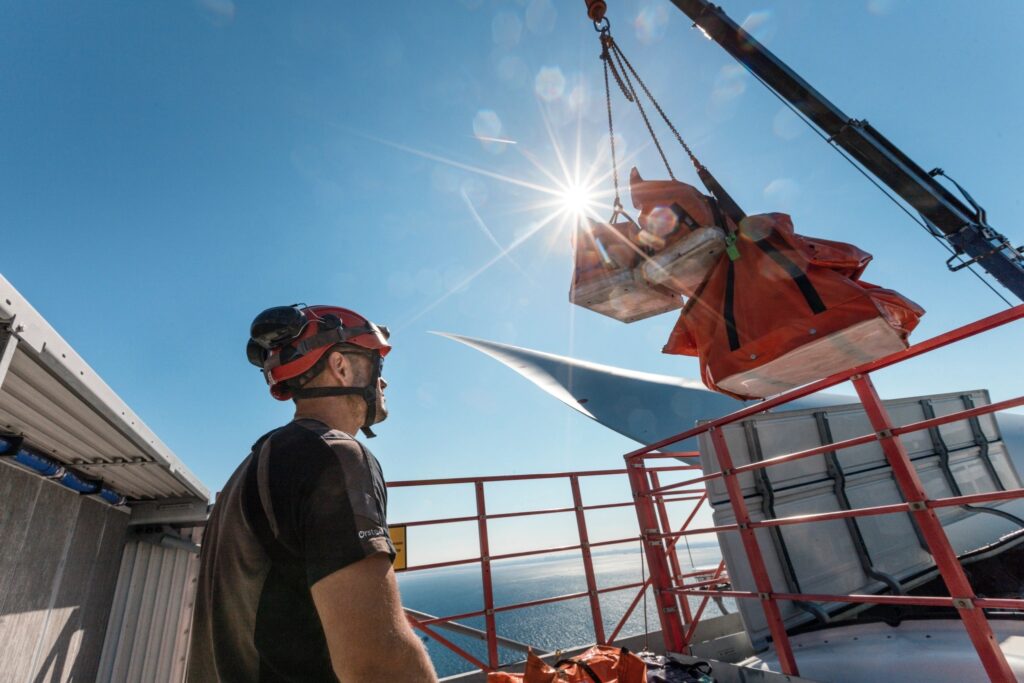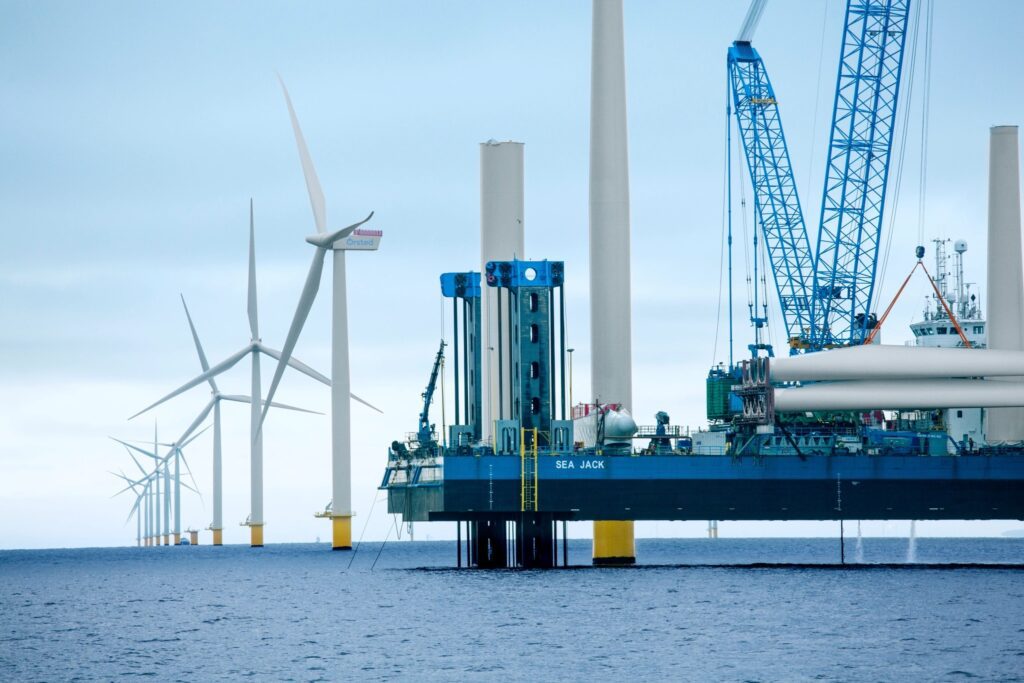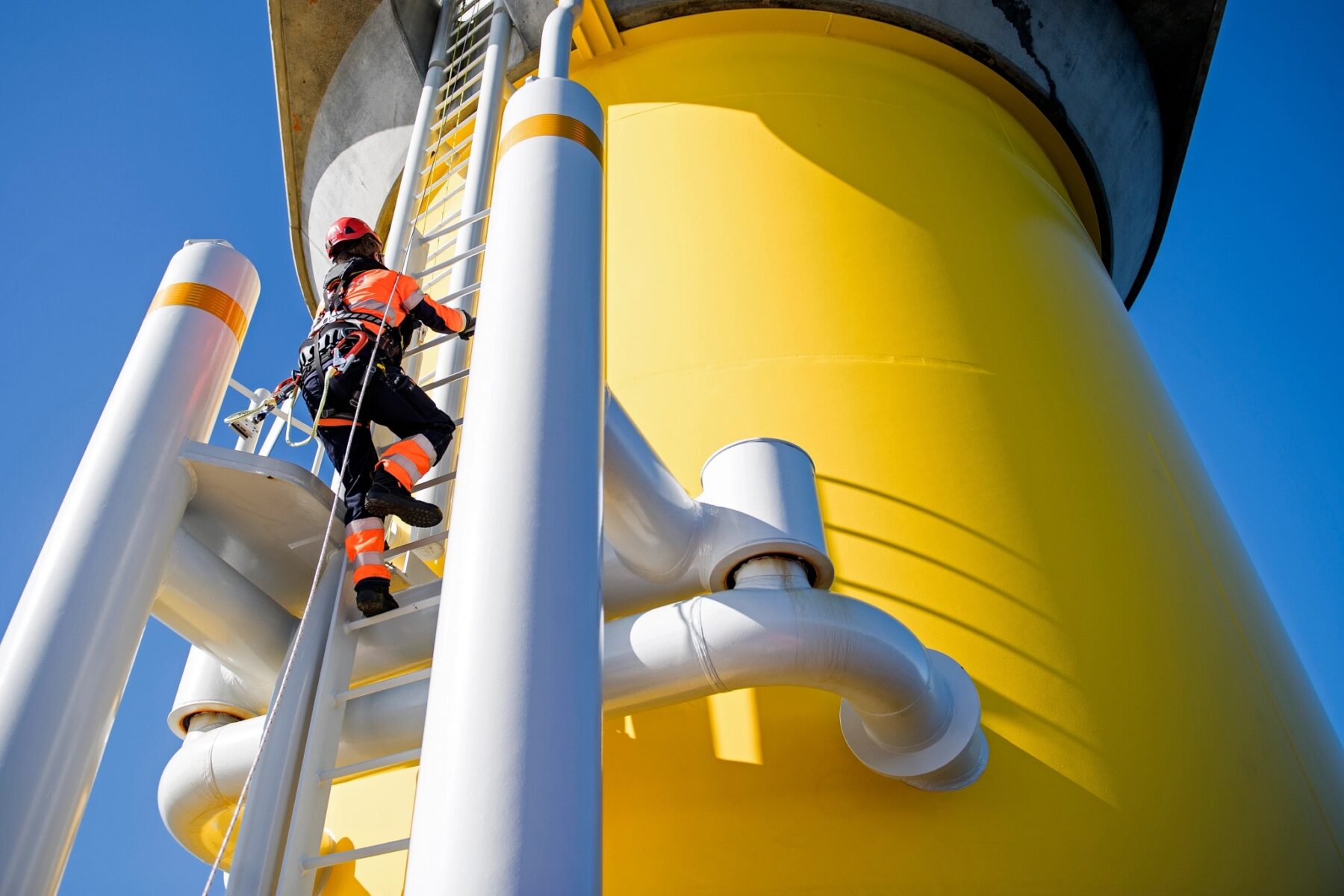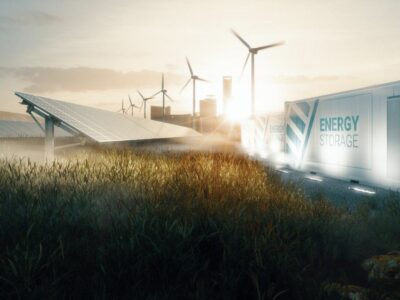Google Signs Its First U.S. Power Purchase Agreement.
Google signed its first U.S. power purchase agreement with Denmark-based renewable power operator Ørsted to provide wind power to its South ERCOT service territory in Texas.
The contract provides for the purchase of 150 megawatts of renewable energy that is produced by Helena Wind Farm for the next 15 years. This is equivalent to powering 90,000 homes and marks Google’s and Ørsted’s second agreement globally. It aligns with Google’s goal to power all its cloud-computing and data centers with clean energy by 2030.
“Building a 24/7 carbon-free energy portfolio requires us to blend various resources to optimize for hourly production, and that’s exactly what this project helps us accomplish” said Sana Ouji, energy lead at Google. “We’re excited to continue our partnership with Ørsted and add this wind project to our existing solar portfolio in ERCOT as we serve customers out of our Dallas cloud region.”

Ørsted builds and operates wind, solar, and bioenergy farms in Europe and the U.S. In the U.S., the company has assets and partnerships that include land-based and offshore wind, solar, and other clean energies. Its land-based capacity in the U.S. produces 5 gigawatts across those energies.
The renewable energy firm’s key sustainability targets include a 98% reduction in scope 1 and 2 emissions by 2025. Ørsted also aims to cut in half its scope 3 emissions by 2032 and be net zero across all three scopes by 2040. An additional goal is to achieve a 90% reduction in absolute emissions, such as scope 3 and gas sales.
In addition to these science-based targets, the company is actively pursuing a strategy that positively affects the environment. Its goals in that area are a 40% reduction in freshwater withdrawal intensity by 2025, as well as a net-positive biodiversity impact from all new renewable energy projects starting in 2030 at the latest.

Ørsted also covers the “S”, or social, in ESG. This year, it plans to set up external human rights reporting for better tracking of risks in that area. By 2025, the goal is to achieve a total recordable injury rate of 2.5 per million hours worked. By 2030, the company wants to achieve a 40-60 women-men balance in its workforce.
In the governance (“G”) area, the company targets to embed sustainability in all relevant operating steps. It also plans to make all its projects aligned with the E.U. taxonomy, as well as conduct risk screenings on certain sourcing contracts.
From a clean energy generation point in the U.S., Ørsted aims to achieve 17.5 gigawatts of onshore renewables by 2030. It also plans to provide 1.5 gigawatts of additional capacity annually.

“As a trusted partner in providing clean energy solutions for our customers, we’re proud to support Google’s decarbonization goals on both a regional and global scale,” says Monica Testa, head of origination at Ørsted Americas. “Google’s leadership in the investment of renewable energy and commitment to advancing 24/7 carbon-free energy by 2030 sets a strong example for companies across the globe and we look forward to helping them achieve that ambition.”





